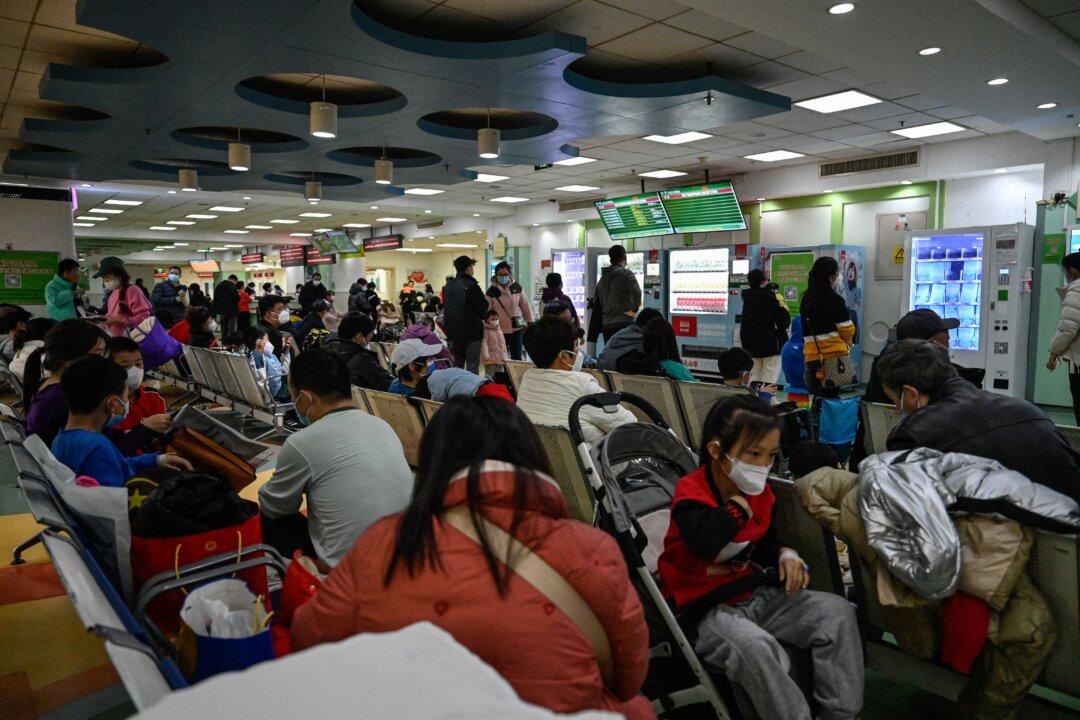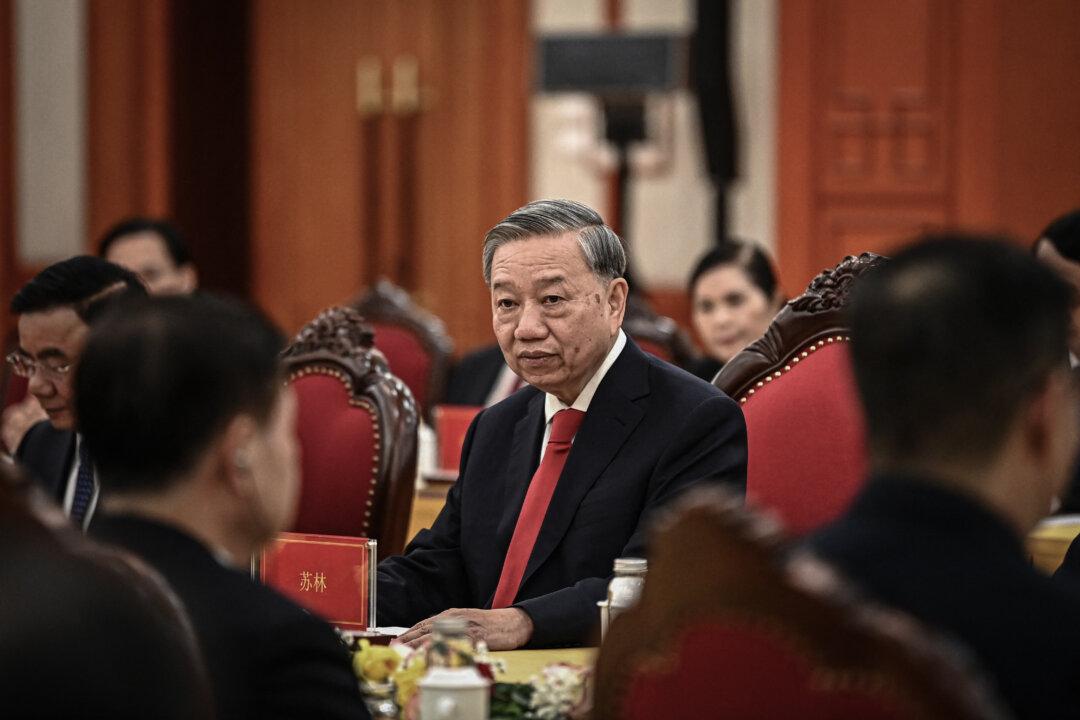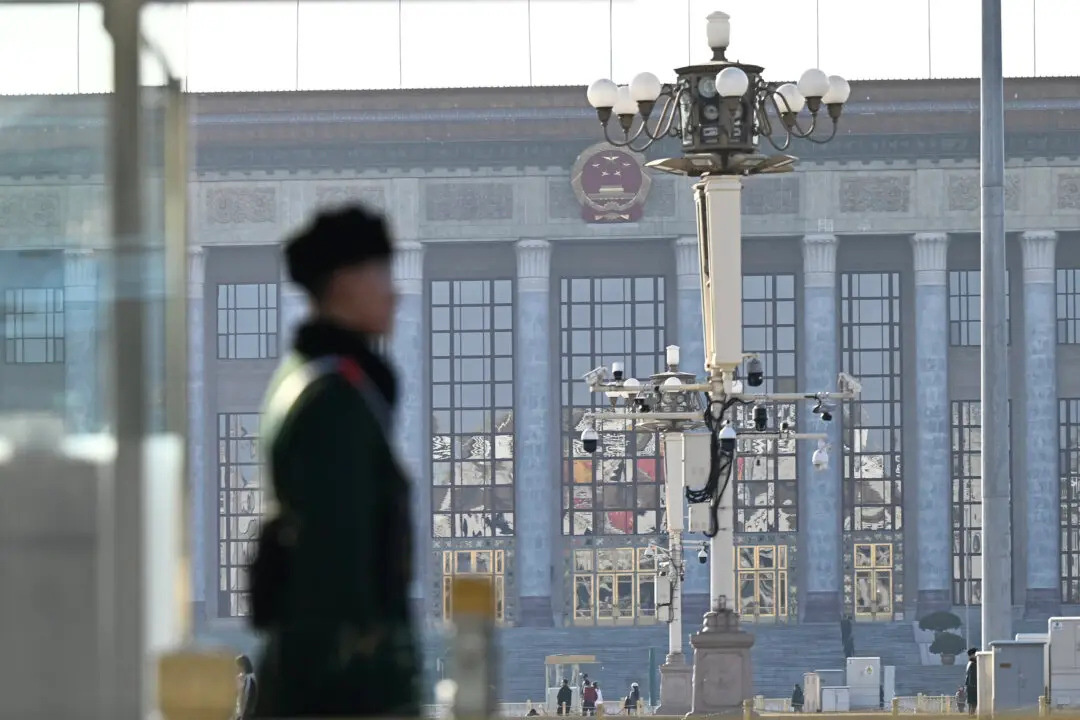China’s top health body urged hospitals nationwide to extend service hours and set up more clinics, as the recent increase in respiratory illnesses drew global concerns.
Health officials on Nov. 26 acknowledged that hospitals are overcrowded, and to quell public concerns, they urged local clinics to enhance their capacity to accommodate the growing number of patients.
“It is necessary to do a good job in epidemic prevention and control in key crowded places such as schools, child care institutions, and nursing homes, and to reduce the flow of people and visits.”
The health ministry reiterated the previous response to the World Health Organization (WHO), attributing the recent spike in acute respiratory cases to a combination of pathogens, most prominently influenza.
Wang Huaqing, the chief expert at the Chinese Center for Disease Control and Prevention’s immunization program, listed other pathogens behind the rise in cases among the 5-to-14 age group, including the rhinovirus, a typical cause of the common cold, and mycoplasma pneumoniae, a bacterial infection that usually affects younger children.
Health System Under Strain
Health officials didn’t provide data during the Nov. 26 news conference. Cases among children are notably prevalent in northern areas such as Beijing and Liaoning Province, where hospitals are alerting the public about prolonged waiting times.The regime’s claim that mycoplasma pneumoniae was behind the recent spike has already met with skepticism, with residents saying that they tested negative for mycoplasma.
“I suspect that this is not mycoplasma pneumonia because I have tried all kinds of drugs that are used to treat mycoplasma pneumonia, but none of them works,” a pediatric doctor in Beijing who was infected and asked to be referred to as Wang Hua, told The Epoch Times earlier this month.
CCP Conceals Data
At the core of the concerns is whether novel pathogens have emerged in the recent illnesses. On Nov. 22, the WHO asked Beijing for detailed information, noting that the media and ProMed, a public health surveillance system run by the International Society for Infectious Diseases, reported clusters of undiagnosed pneumonia among children in China.“A key purpose was to identify whether there have been ‘clusters of undiagnosed pneumonia’ in Beijing and Liaoning as referred to in media reports,” the WHO said in the statement.
On Nov. 23, the WHO said it received the clinical information, laboratory results, and other data it requested. The United Nations health body said the data shared by China’s health authorities suggested that the spike in respiratory illnesses was linked to the regime’s retreat from the nearly three-year zero-COVID policy.






